Home>Technology>Security & Surveillance>How Do You Get A Broken Key Out Of A Door Lock
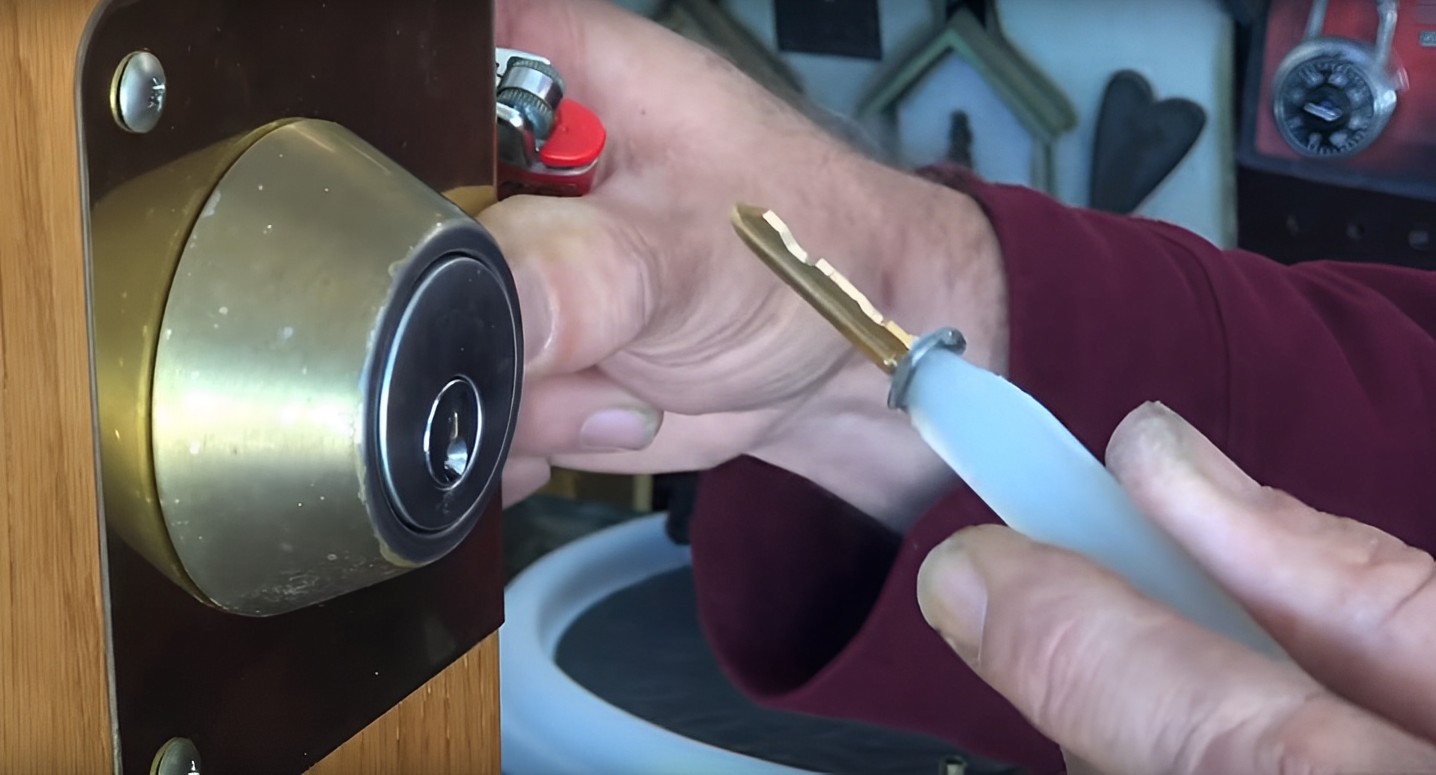

Security & Surveillance
How Do You Get A Broken Key Out Of A Door Lock
Published: December 27, 2023
Discover effective methods for removing a broken key from a door lock to ensure the security and surveillance of your property. Learn how to handle this common issue with ease.
(Many of the links in this article redirect to a specific reviewed product. Your purchase of these products through affiliate links helps to generate commission for Storables.com, at no extra cost. Learn more)
Introduction
Discovering a broken key lodged in a door lock can be a frustrating and inconvenient experience. Whether it’s your home, office, or vehicle, a broken key can pose a significant challenge. However, with the right approach and a touch of patience, it’s possible to resolve this issue effectively. In this guide, we’ll explore various methods to safely extract a broken key from a door lock, providing you with the knowledge and confidence to tackle this common predicament.
When confronted with a broken key in a lock, it’s crucial to remain calm and approach the situation with a clear mind. Rushing or exerting excessive force can exacerbate the problem, potentially causing damage to the lock mechanism. By following the steps outlined in this guide, you can increase the likelihood of a successful key extraction without causing further complications.
Whether you’re a homeowner, a business owner, or simply someone locked out of their vehicle, understanding the process of removing a broken key from a lock can be invaluable. So, let’s delve into the various techniques and considerations involved in this common yet daunting predicament.
Key Takeaways:
- Don’t panic if you break a key in a lock! Assess the situation, use lubrication and pliers, and seek professional help if needed. Stay calm and handle the situation with care to avoid further damage.
- Assess the key’s position, use lubrication and pliers, and seek professional help if needed. Stay calm and handle the situation with care to avoid further damage.
Read more: How To Get A Key For A Door Lock
Assessing the Situation
Before embarking on the key extraction process, it’s essential to assess the situation and gain a thorough understanding of the key’s position within the lock. Start by carefully examining the keyway to determine the depth to which the key is inserted and whether any jagged edges or fragments are visible. This initial assessment will inform your approach and help you select the most appropriate method for extraction.
Next, consider the type of lock in which the key is stuck. Is it a traditional pin tumbler lock, a wafer lock, or perhaps a more sophisticated electronic lock system? Understanding the specific characteristics of the lock will guide your decision-making and ensure that you employ the correct tools and techniques.
If the broken key is protruding from the lock, assess whether there is sufficient grip and leverage to attempt removal using lubrication or pliers. However, if the key is fully lodged within the keyway, it may be necessary to explore alternative methods, such as using a broken key extractor tool or seeking professional assistance.
Furthermore, evaluate the condition of the key itself. Are there any sharp or jagged edges that could potentially cause injury during the extraction process? Taking note of these details will help you approach the extraction with caution and implement safety measures as needed.
By thoroughly assessing the situation and considering these crucial factors, you can make informed decisions and proceed with the key extraction process in a methodical and effective manner.
Using Lubrication to Remove the Key
When dealing with a broken key stuck in a lock, one of the initial approaches to consider is the use of lubrication to ease the extraction process. Applying a high-quality lubricant, such as graphite powder or silicone spray, can help reduce friction and potentially facilitate the removal of the broken key.
To begin, carefully apply the lubricant directly into the keyway, ensuring that it reaches the area where the broken key is lodged. Allow the lubricant to penetrate the internal components of the lock, thereby reducing the resistance caused by the key’s entanglement.
After applying the lubricant, gently jiggle the key in an attempt to dislodge it from the lock. Exercise patience and avoid excessive force, as this could further damage the key or lock mechanism. If the key begins to move, continue to apply the lubricant as needed to aid its gradual extraction.
It’s important to note that while lubrication can be effective in certain cases, it may not always suffice for more complex or tightly lodged keys. Additionally, excessive use of lubricants in electronic locks or keypads should be approached with caution to prevent potential damage to sensitive components.
By utilizing lubrication as a preliminary step, you can potentially alleviate the resistance within the lock and improve the maneuverability of the broken key, increasing the likelihood of a successful extraction without causing harm to the lock itself.
Use needle-nose pliers to carefully grip and pull out the broken key. If the key is stuck deep, try using a small amount of lubricant to help ease it out. Avoid using excessive force to prevent further damage to the lock.
Extracting the Key with Pliers
When a broken key is protruding from the lock, utilizing a pair of pliers can be an effective method for extraction. This approach is particularly suitable when there is sufficient grip and leverage to grasp the key securely.
Begin by selecting a pair of fine-tipped needle-nose pliers or tweezers that can fit into the keyway without causing further obstruction. Carefully grip the exposed portion of the key, ensuring a firm hold while avoiding excessive pressure that could worsen the situation.
With a steady hand, gently pull the key in a straight, vertical motion, aiming to gradually disengage it from the lock. Exercise patience and avoid abrupt movements that could cause the key to break further or compromise the integrity of the lock.
If the broken key is firmly lodged and resistant to extraction, consider applying additional lubrication to reduce friction and facilitate the removal process. This can enhance the maneuverability of the key and aid in its successful retrieval using the pliers.
It’s important to approach this method with caution, as excessive force or improper handling of the pliers can potentially damage the lock or exacerbate the key’s entanglement. If the key proves challenging to remove, it may be prudent to explore alternative extraction techniques or seek professional assistance to avoid causing further complications.
By employing precision and care, extracting the broken key with pliers can be a viable approach when the key is accessible and there is sufficient grip to initiate its removal from the lock.
Seeking Professional Help
When faced with a broken key lodged in a door lock, particularly in situations where self-remedies prove ineffective or the key is deeply embedded, seeking professional assistance from a locksmith or security expert is often the most prudent course of action.
Locksmiths possess the expertise, specialized tools, and experience necessary to address a wide range of lock-related challenges, including the extraction of broken keys. By enlisting the services of a qualified locksmith, you can benefit from their in-depth knowledge of lock mechanisms and their ability to navigate complex keyway configurations.
Upon contacting a locksmith, provide a detailed description of the situation, including the type of lock, the position of the broken key, and any attempted remedies. This information will enable the locksmith to assess the scenario and arrive prepared with the appropriate tools and techniques for key extraction.
It’s important to exercise caution and refrain from attempting aggressive or improvised methods to dislodge the key, as these actions can potentially cause irreparable damage to the lock, resulting in costly repairs or replacements.
Furthermore, locksmiths can offer valuable insights into preventive measures and security enhancements, ensuring that the lock and key system functions optimally following the key extraction process. This comprehensive approach not only resolves the immediate issue but also contributes to the long-term security and functionality of the lock.
By entrusting the task to a qualified professional, you can alleviate the stress and uncertainty associated with a broken key in a door lock, knowing that the situation is being addressed with precision and expertise.
Read more: Which Way Do You Turn A Key To Lock A Door
Conclusion
Encountering a broken key lodged in a door lock can be a disconcerting experience, but with a methodical approach and the right techniques, it’s possible to navigate this predicament effectively. By assessing the situation, employing lubrication, utilizing pliers, and seeking professional assistance when necessary, individuals can address this common issue with confidence and precision.
It’s essential to approach the key extraction process with patience and caution, avoiding hasty or forceful actions that could exacerbate the problem. Thoroughly evaluating the key’s position within the lock, the type of lock mechanism, and the condition of the key itself provides valuable insights that inform the extraction strategy.
When applying lubrication to ease the key removal, using high-quality lubricants such as graphite powder or silicone spray can reduce friction and enhance maneuverability. Additionally, employing fine-tipped pliers to carefully extract the key, while exercising precision and care, can be effective when the key is accessible and there is sufficient grip for removal.
In cases where self-remedies prove challenging or the key is deeply embedded, enlisting the expertise of a locksmith or security professional is a prudent decision. Locksmiths possess the specialized knowledge and tools required to navigate complex keyway configurations and safely extract broken keys, ensuring the integrity of the lock and minimizing the risk of damage.
By embracing a systematic and informed approach to addressing a broken key in a door lock, individuals can navigate this inconvenience with confidence and minimize the potential for further complications. Whether it’s a residential, commercial, or automotive lock, the application of these techniques and the consideration of professional assistance can lead to a successful resolution, restoring access and security to the affected area.
Ultimately, by equipping oneself with the knowledge and resources to address a broken key in a door lock, individuals can approach this common challenge with composure and resourcefulness, ensuring a swift and effective resolution.
Frequently Asked Questions about How Do You Get A Broken Key Out Of A Door Lock
Was this page helpful?
At Storables.com, we guarantee accurate and reliable information. Our content, validated by Expert Board Contributors, is crafted following stringent Editorial Policies. We're committed to providing you with well-researched, expert-backed insights for all your informational needs.
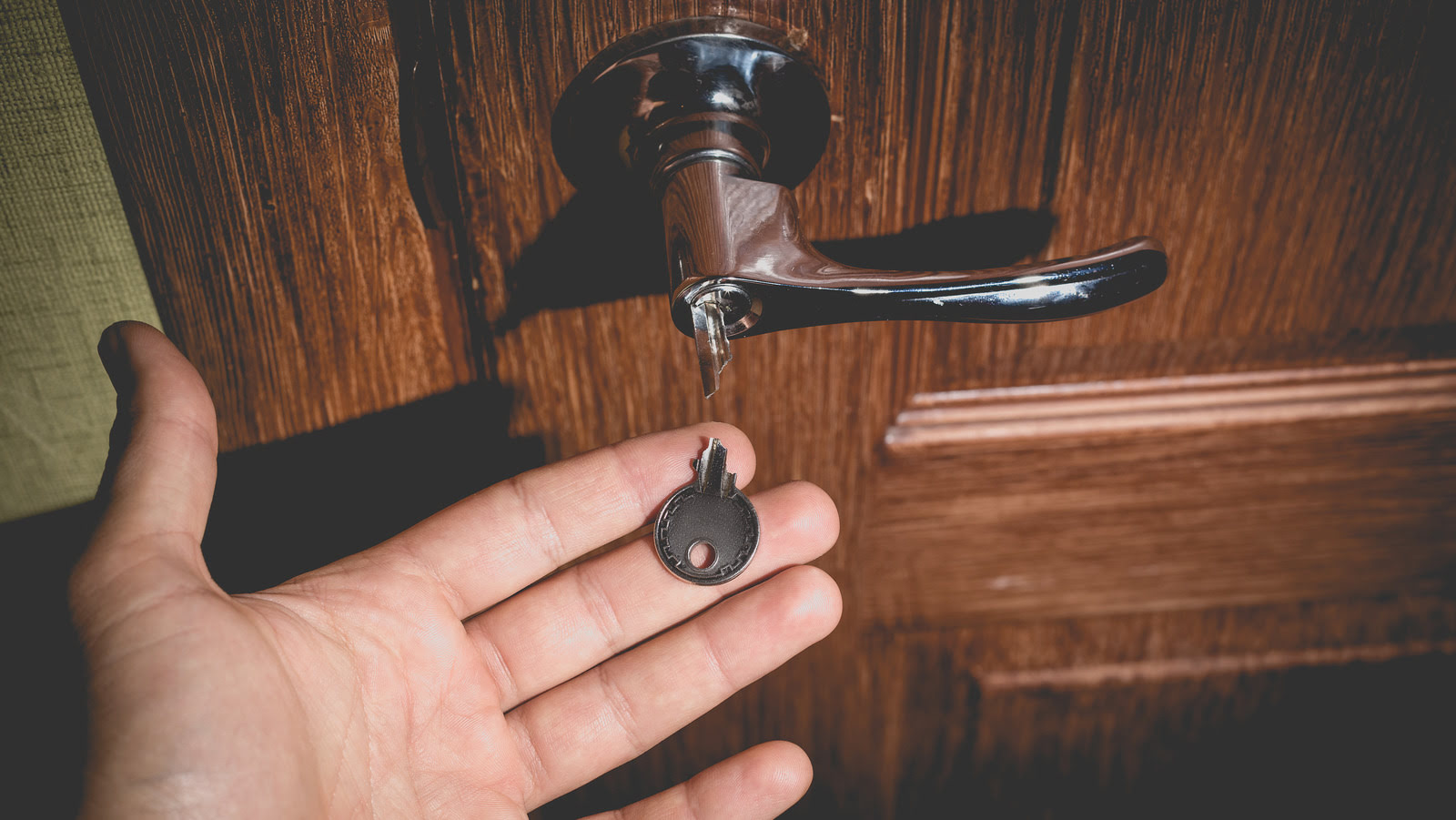
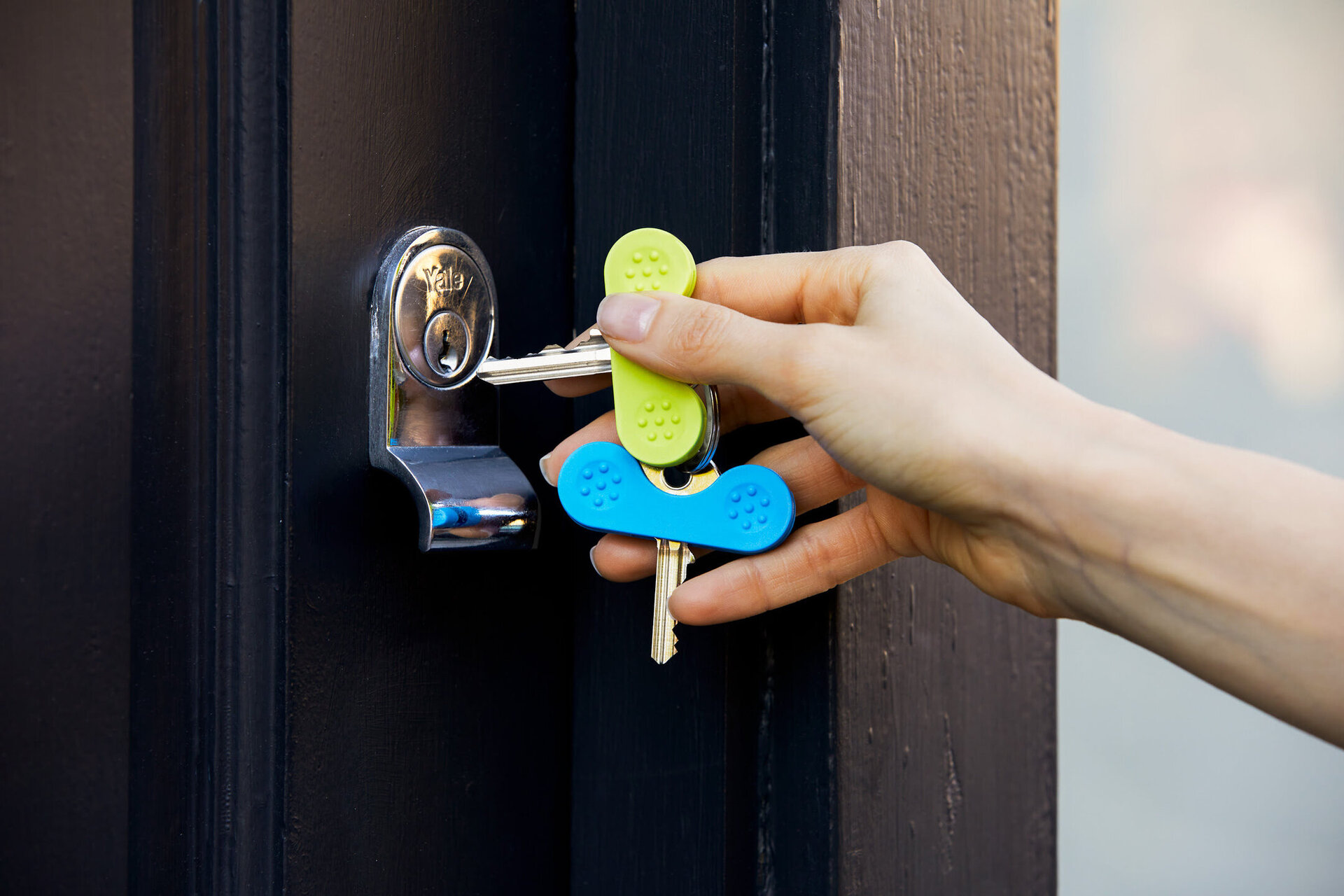
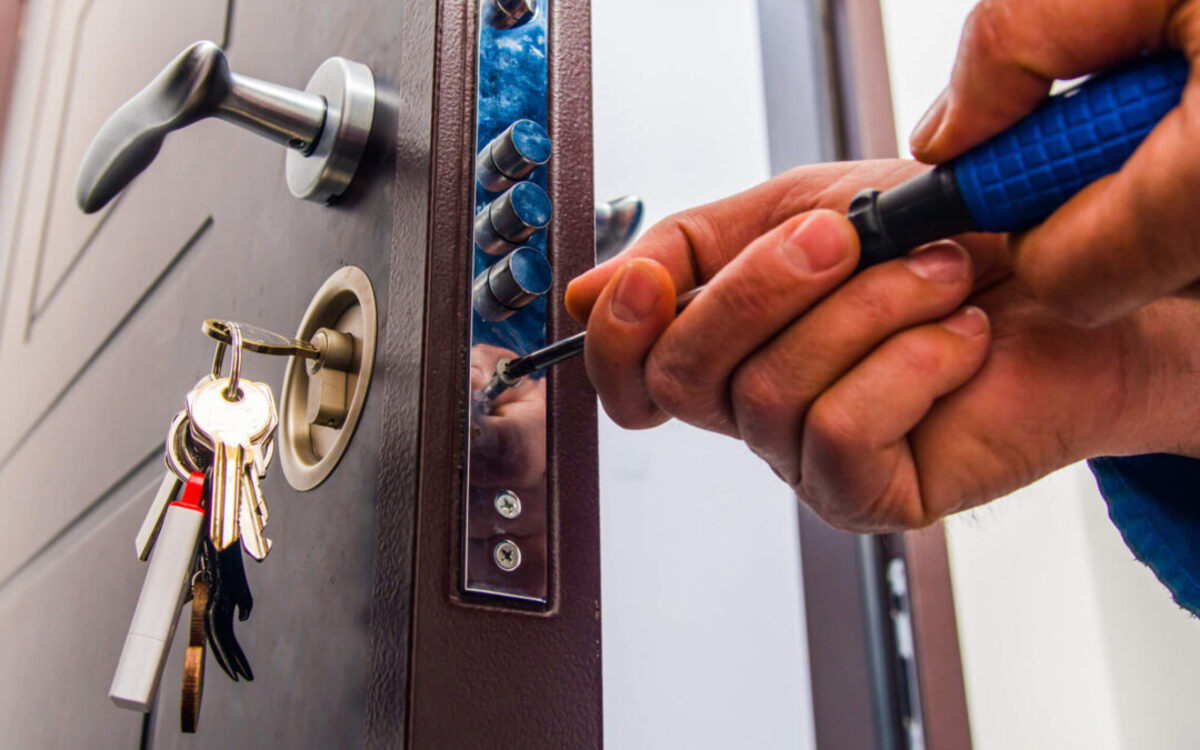

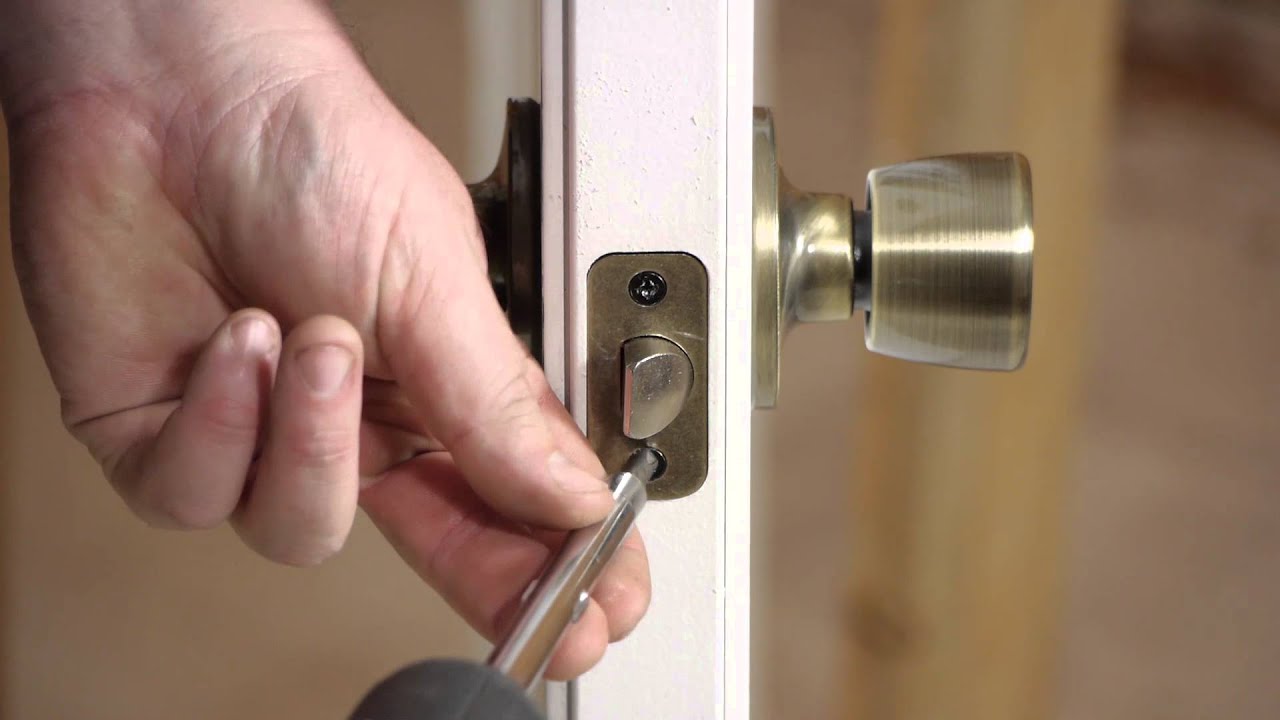
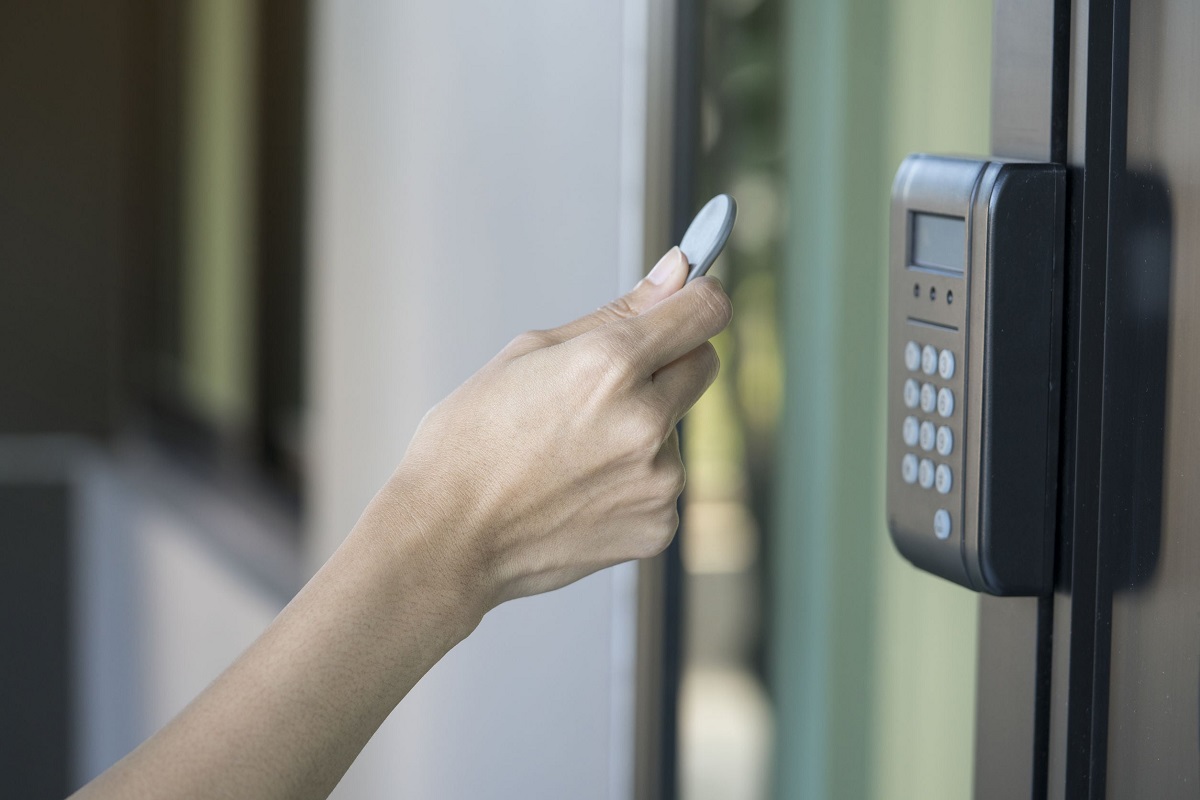
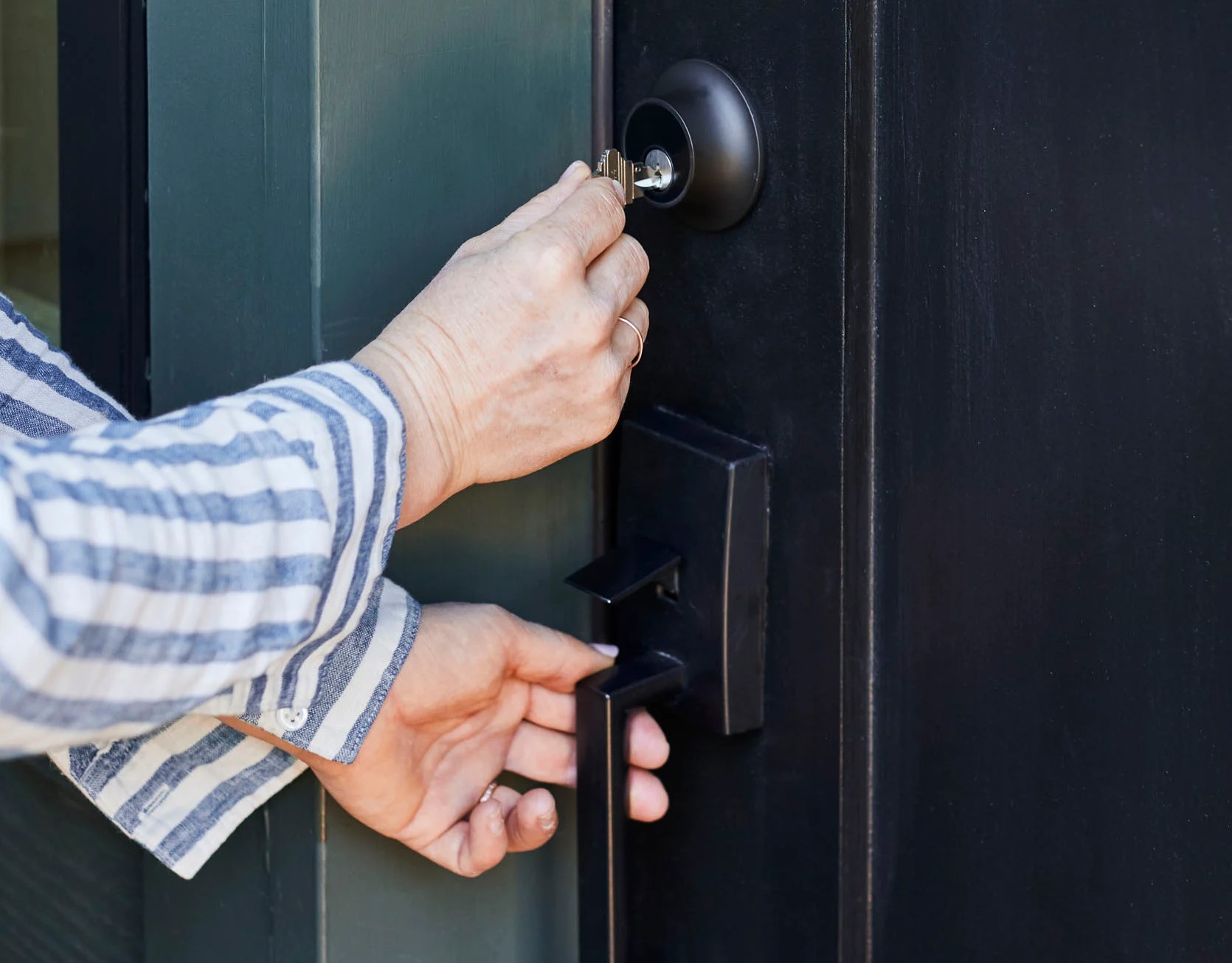
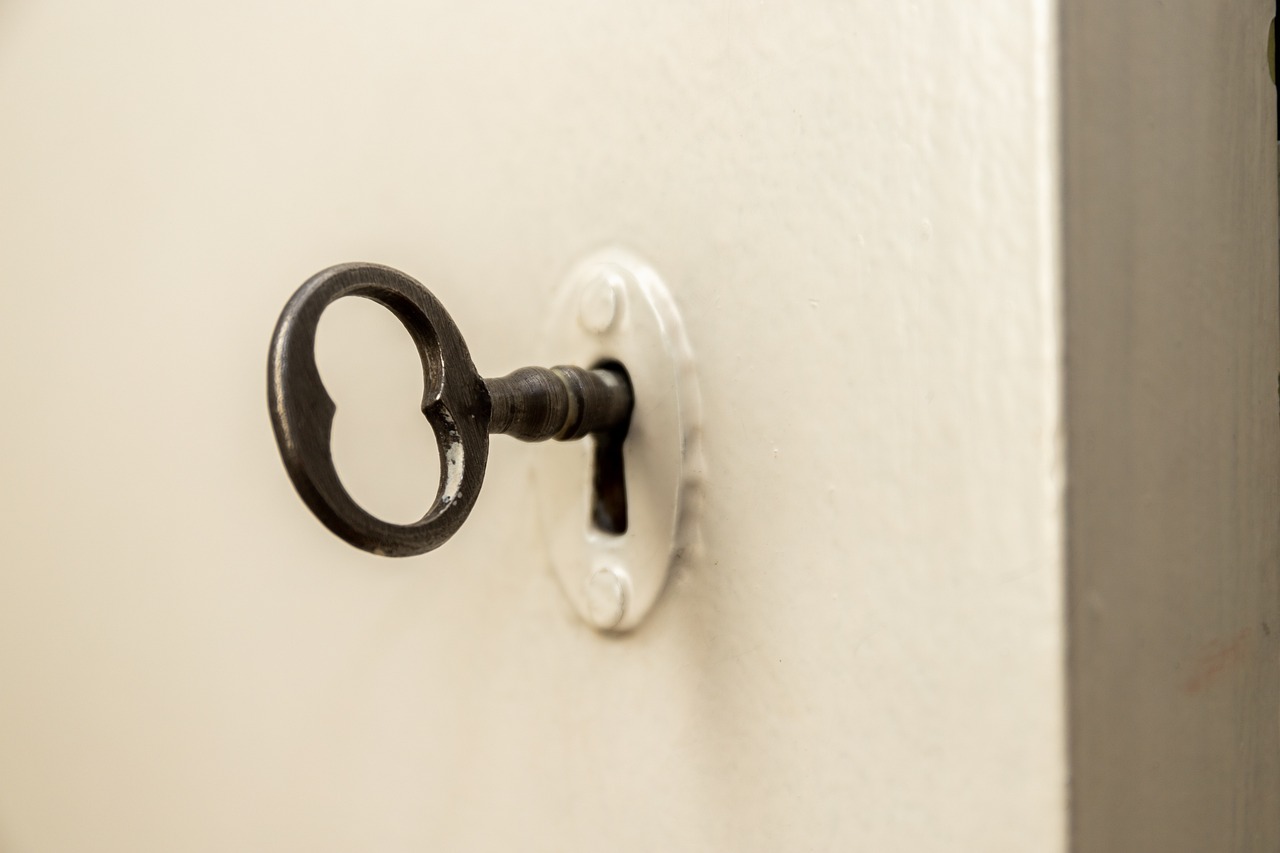
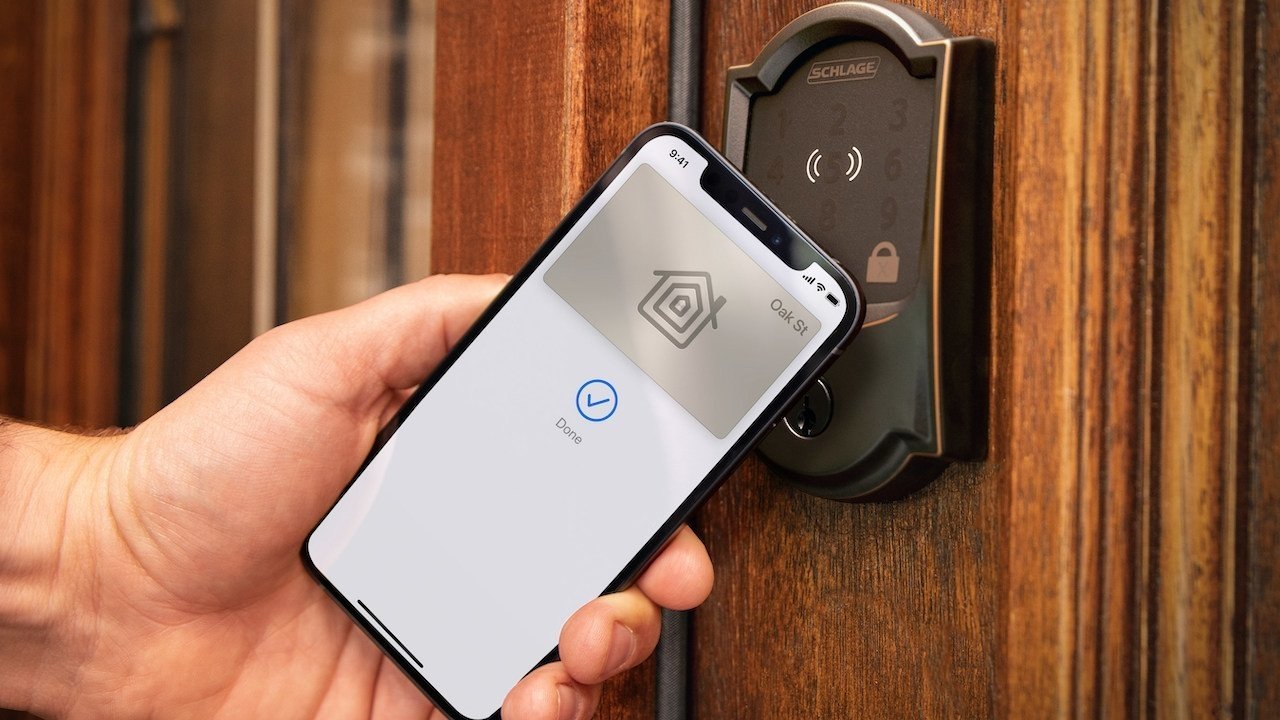
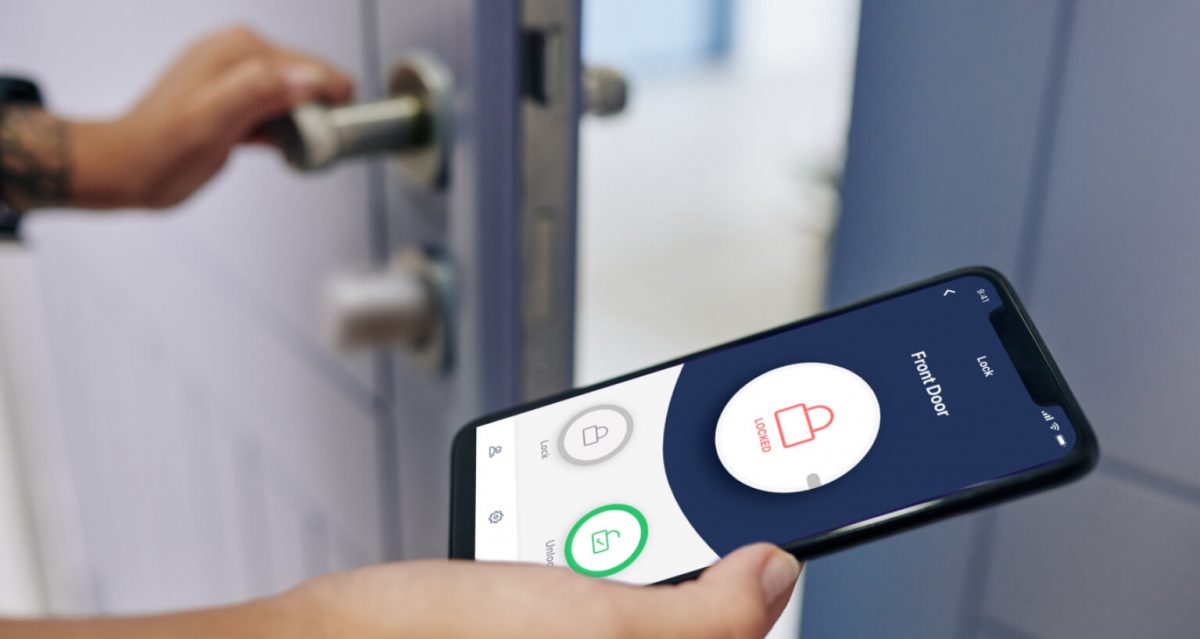
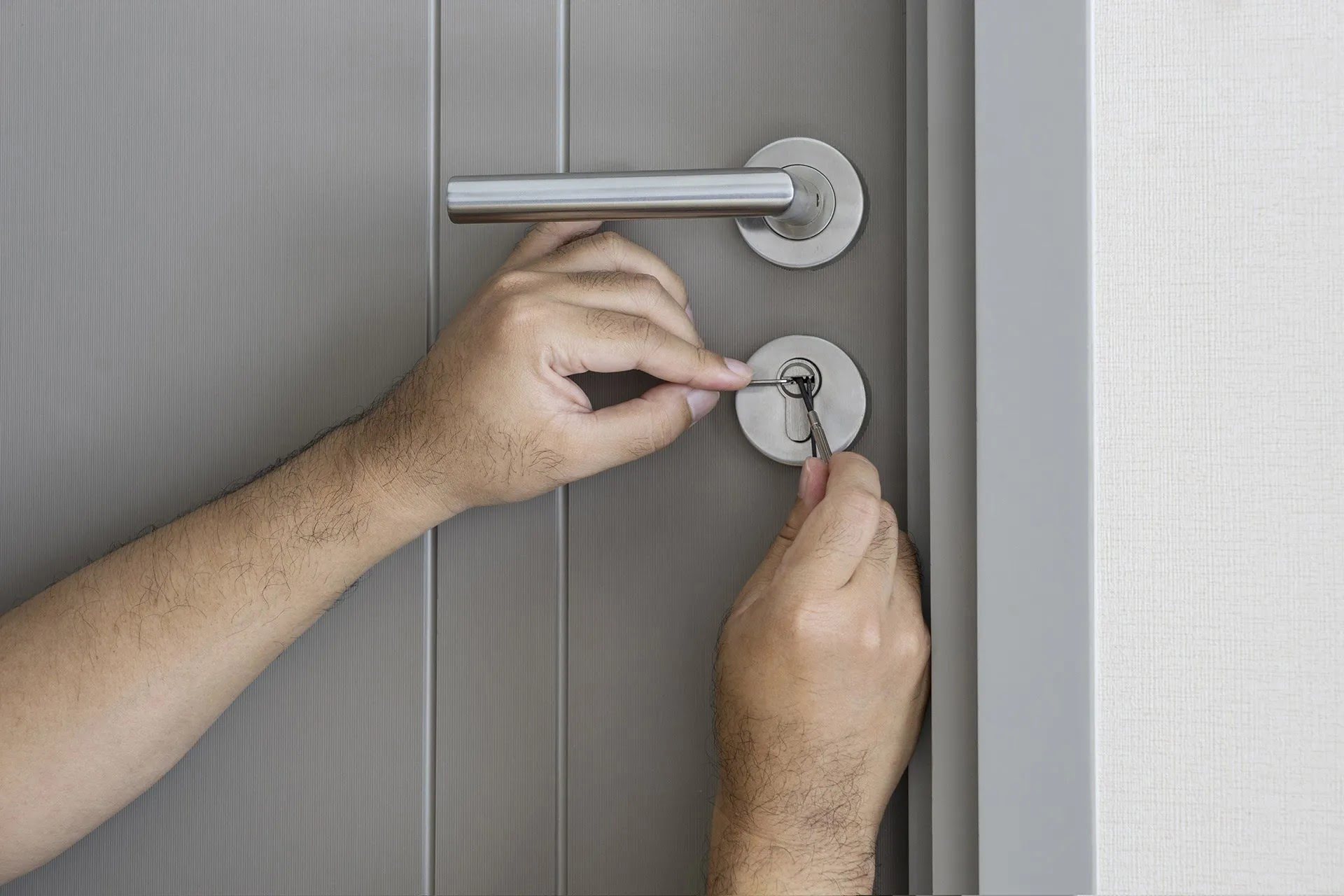
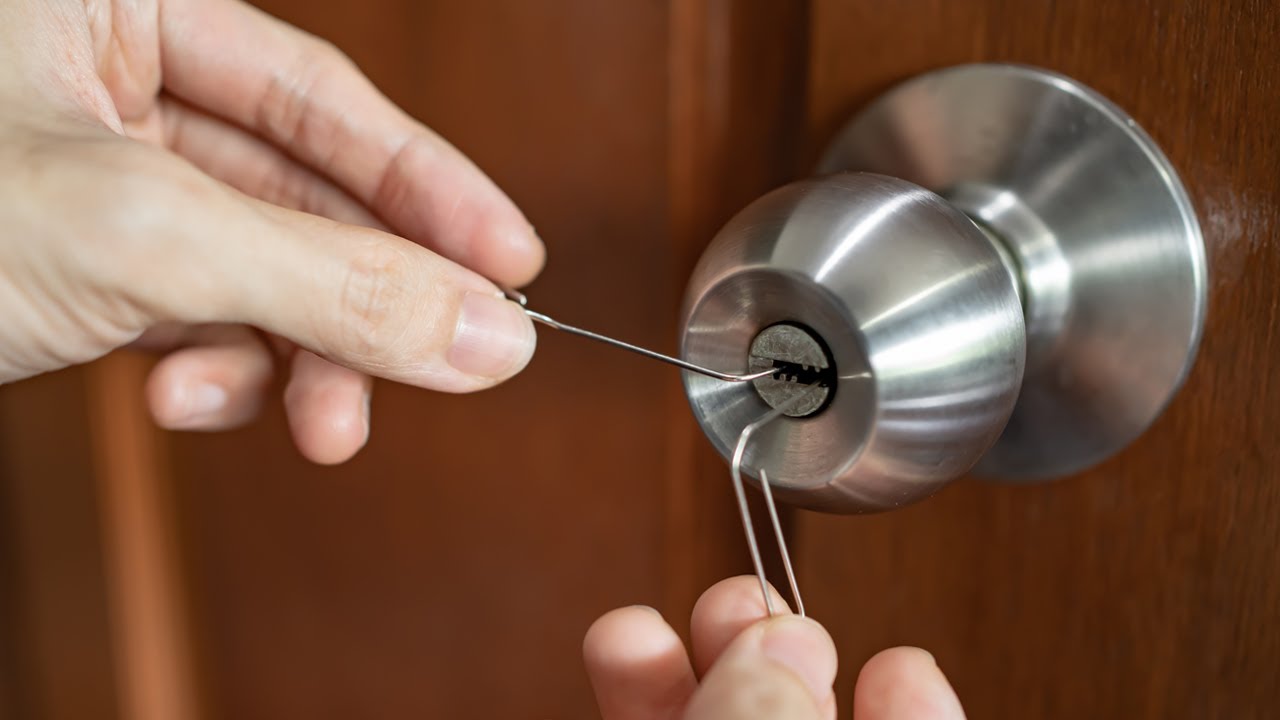
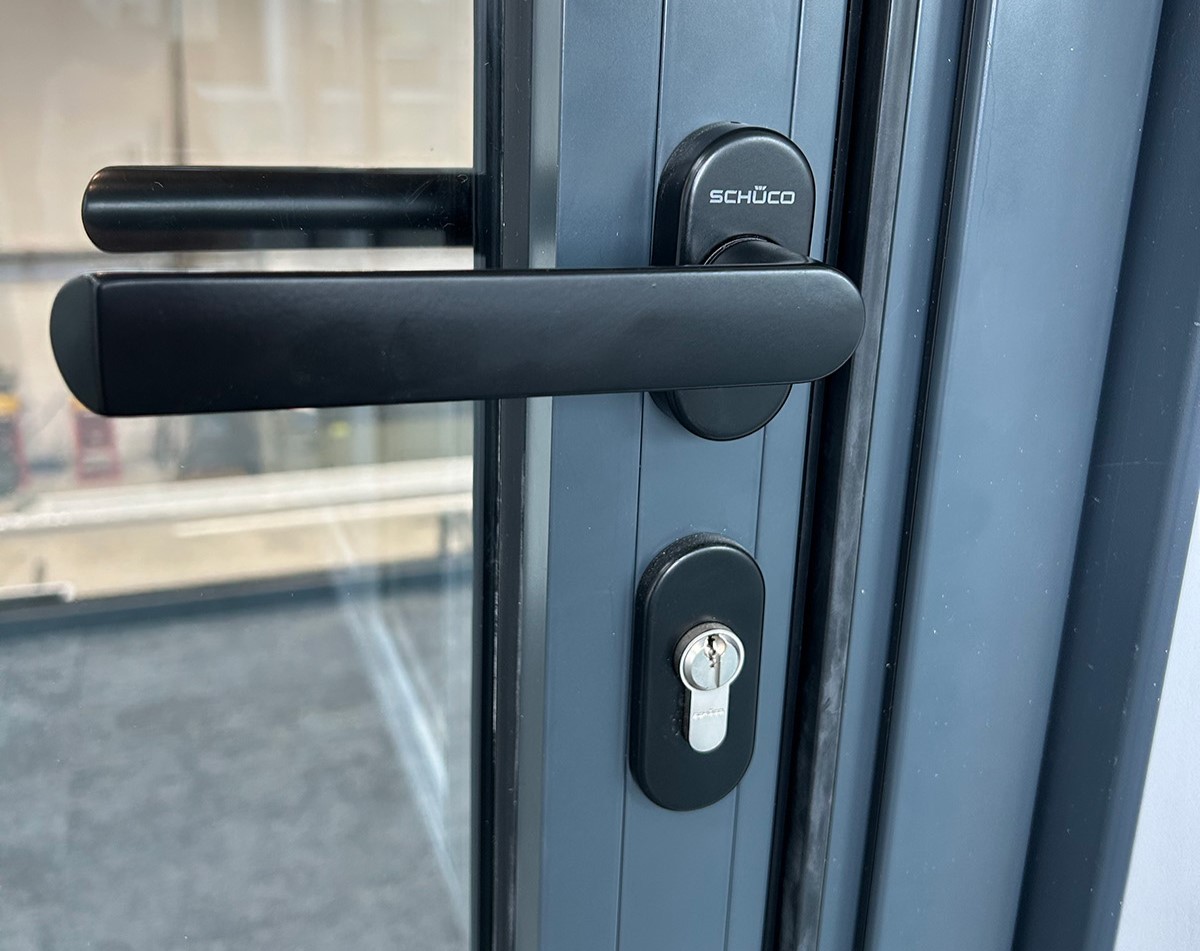
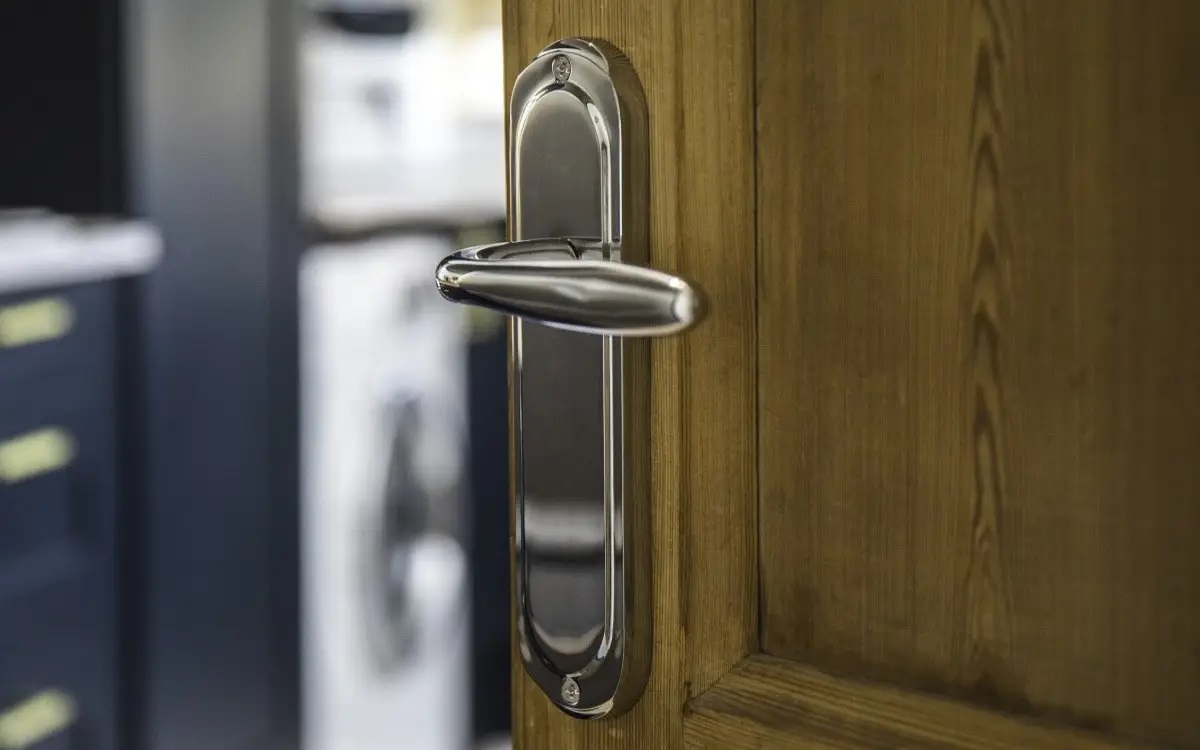

0 thoughts on “How Do You Get A Broken Key Out Of A Door Lock”